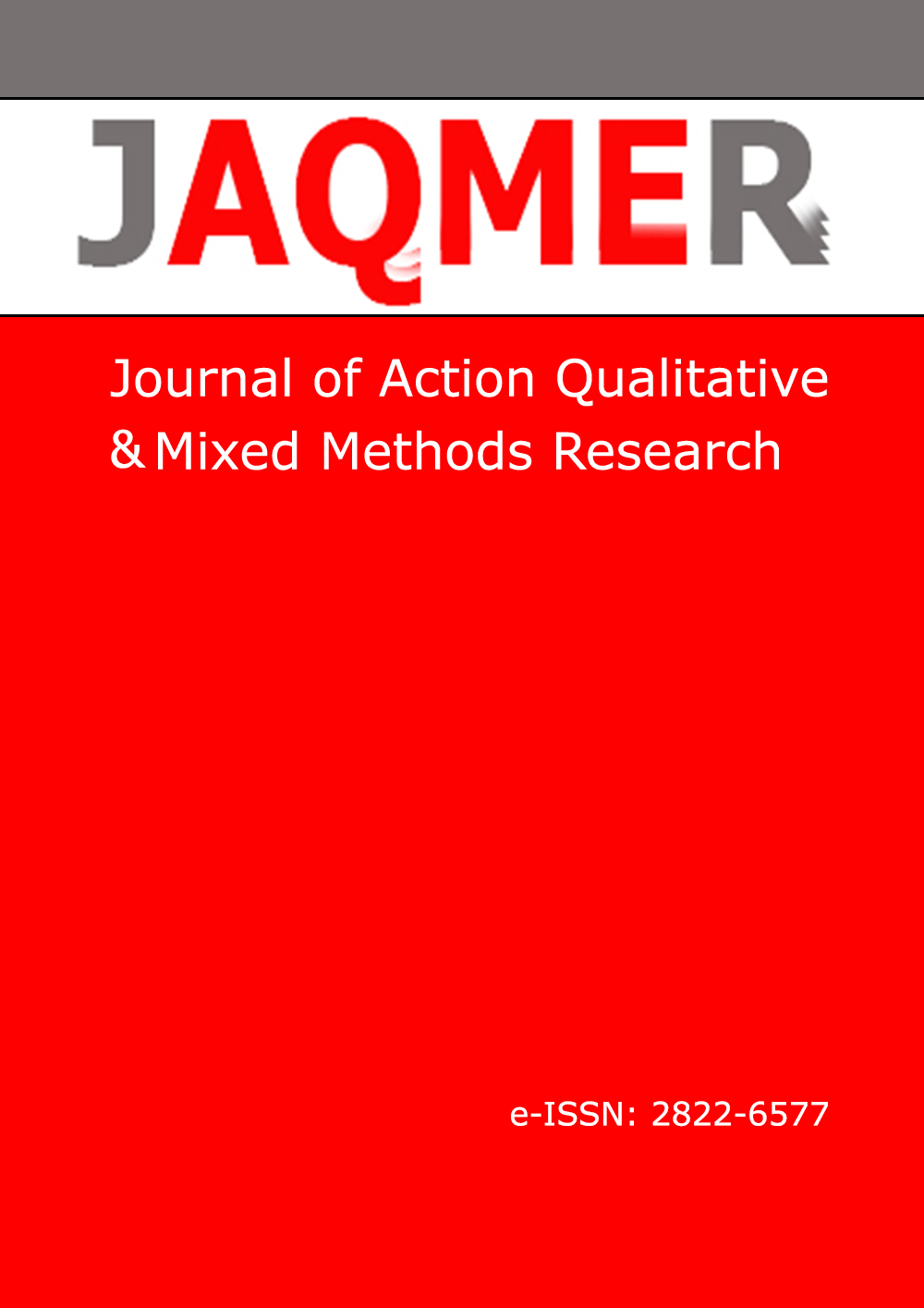Systematic curriculum and instructional development for a mixed methods DACUM research: SCID MMR-DACUM
DOI:
https://doi.org/10.5281/zenodo.15574893Keywords:
Coast Guard., Systematic curriculum and instructional development, Mixed methods researchAbstract
The aim of this study is to present a learning package based on SCID (Systematic Curriculum and Instructional Development) that provides the necessary knowledge, attitudinal information and practice opportunities on how to use Developing A Curriculum (DACUM) in Mixed Methods Research (MMR) in the study of occupational analysis. The study provides a learning package to guide mixed methods research for those wishing to carry out DACUM-based occupational analysis. In this learning package, researchers will achieve three enabling objectives for MMR-DACUM studies: (1) practice in writing the methodology of the data, (2) practice in analyzing the data, and (3) practice in discussing and concluding their findings. To enable researchers to achieve these three enabling objectives, an information sheet with examples from one of the author's studies, self-checking model questions and answers, practice exercises, a final performance test, and standards are introduced.
References
Creswell, J. W. (2014). Research Design: Qualitative, Quantitative and Mixed Methods Approaches (4th ed.). Thousand Oaks, CA: Sage
Creswell, J. W., & Clark, V. L. P. (2017). Designing and conducting mixed methods research. Sage publications.
Dawadi, S., Shrestha, S., & Giri, R. A. (2021). Mixed-methods research: A discussion on its types, challenges, and criticisms. Journal of Practical Studies in Education, 2(2), 25-36.
Düzgünçınar, T. (2023). DACUM analysis of the coast guard officers and their views on the level of accomplishment of their duties: Multi-stage mixed method research (Unpublished doctoral dissertation). Akdeniz University, Antalya,Turkiye.
Düzgünçınar, T., & Günbayı, İ. (2020). Occupational Analysis with DACUM: A Case Study. Journal of Qualitative Research in Education, 8(2).
Guetterman, T. C., Babchuk, W. A., Howell Smith, M. C., & Stevens, J. (2019). Contemporary approaches to mixed methods–grounded theory research: A field-based analysis. Journal of Mixed Methods Research, 13(2), 179-195.
Gunbayi, I. (2020). Systematic curriculum and instructional development for a mixed methods research: SCID-MMR. Journal of Mixed Methods Studies, 1(1), 1-27.
Gunbayi, I. (2018). Developing a qualitative research manuscript based on systematic curriculum and instructional development. European Journal of Social Sciences Studies,3,3,125-153.
Gunbayi, I., & Sorm, S. (2018). Social paradigms in guiding social research design: The functional, interpretive, radical humanist and radical structural paradigms. International Journal on New Trends in Education and Their Implications, 9(2), 57-76.
Hafsa, N. E. (2019). Mixed methods research: An overview for beginner researchers. Journal of Literature, Languages and Linguistics, 58(1), 45-48.
Jacobs, R. L.(2019). Job Analysis and the DACUM Process. Work Analysis in the Knowledge Economy: Documenting What People Do in the Workplace for Human Resource Development, 63-79.
Nanthagopan, Y. (2021). Review and comparison of multi-method and mixed method application in research studies. Journal of Advanced Research, 2(3), 55-78.
Norton, R.E. & Moser, J.(2007) SCID Handbook. (Seventh Edition).Columbus. OH Center on Education and Training for Employment.
Norton, R. E. & Moser, J. (2013) DACUM Handbook. (Fourth Edition). Columbus. OH Center on Education and Training for Employment.
Toyon, M. A. S. (2021). Explanatory sequential design of mixed methods research: Phases and challenges. International Journal of Research in Business and Social Science, 10(5), 253-260.
Downloads
Published
How to Cite
Issue
Section
License
Copyright (c) 2025 Journal of Action Qualitative & Mixed Methods Research

This work is licensed under a Creative Commons Attribution-NonCommercial 4.0 International License.


